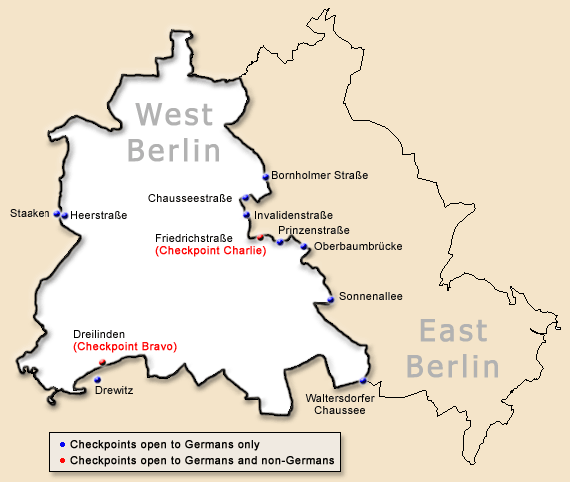Movie Tourism: Lola Rennt
I can thank U for introducing our family to the concept of planning travel around movie sites. Knowing we could visit the library from Wings of Desire was the final selling point for N wanting to come to Germany. However, we went to far more sites for another movie instead. Once we decided on Germany, I knew we had to watch Lola Rennt and I wasn't surprised that N fell in love with it immediately. One of us said afterwards, "I wish I'd made that movie," and I don't even remember which of us said it because we all three felt the same way.
The American title for Lola Rennt is Run, Lola, Run. I prefer German title because "Lola runs" is a better description in my mind.
Lola has to round up a ton of money and get to her boyfriend fast in order to save his life. To do that, she runs. She runs and runs and runs. She runs near all kinds of interesting places in Berlin and she does so with the most relentless and addictive movie soundtrack you can imagine. I'm not going to say much more about the plot. If you want more, here's a good 3-minute summary with some of the imagery of I'm going to reference:
The first stop was Lola's apartment. This is actually a group of office buildings now. There is a lot of "spiral" imagery in the movie, based very much on Vertigo. Watch this clip (taken from Running #3) and you'll notice a spiral pattern in the window before the animated Lola exits the building at 0:40. What I didn't expect is that that's actually on the real window which is not even shown in the movie!
Keep watching until 1:07 and you'll find a cool angled brick wall before Lola turns the corner.
We took turns running around this corner ourselves, and had to contain ourselves to just stand quietly and not run past when we saw a couple with a baby carriage!
We had the added experience in several locations of discovering other parts of German history. From 1:38-1:52 of the same clip above, Lola runs under the Oberbaumbrücke (Oberbaum Bridge).

However, if you do watch it, you'll see a large open space across from the bank. This between the opera house and Humboldt University. It was here that a massive book burning was orchestrated by the Nazis in 1933. This is commemorated now by The Empty Library. When you walk into the center of the square you come to a glass-covered hole in the ground in which you can see a room of empty shelves.









